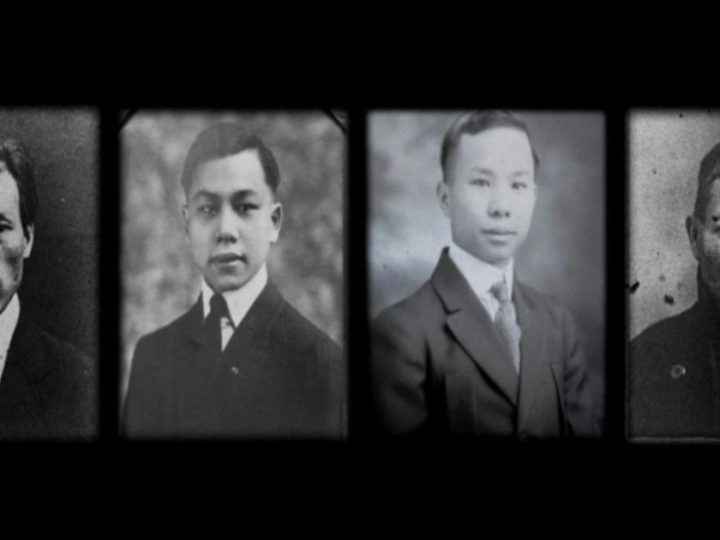M’sian Filmmakers Expose The Effects of Industrialisation Through Docu About Missing Bukit Stapok
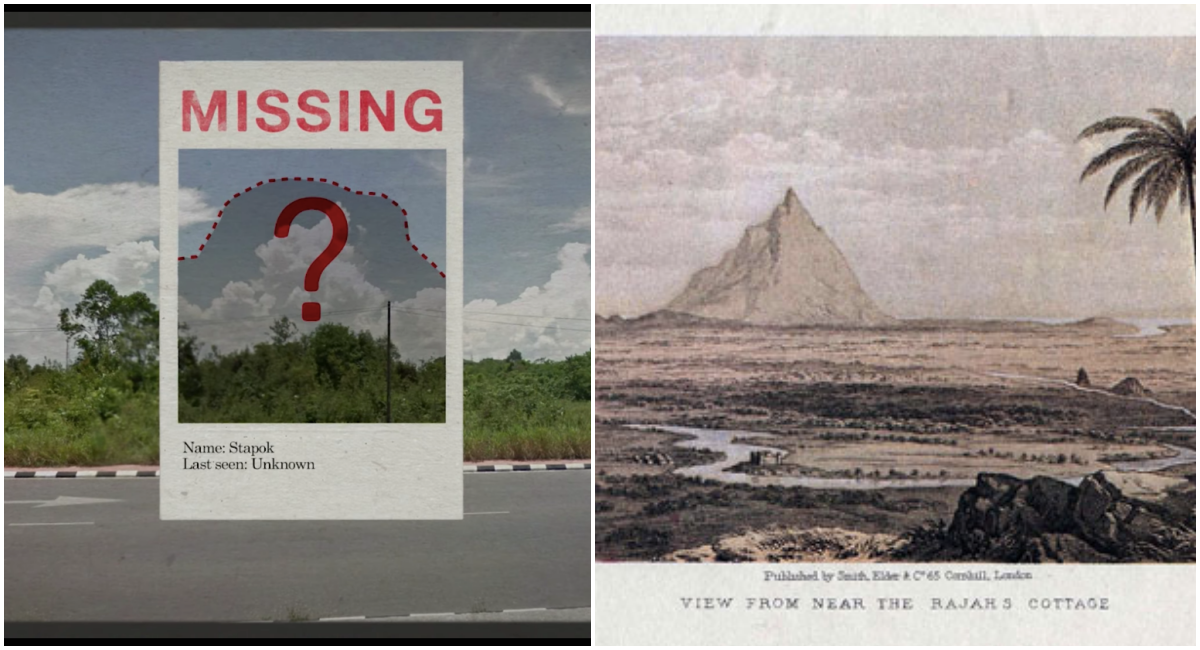 Thirsty for JUICE content? Quench your cravings on our Instagram, TikTok and WhatsApp
Thirsty for JUICE content? Quench your cravings on our Instagram, TikTok and WhatsApp
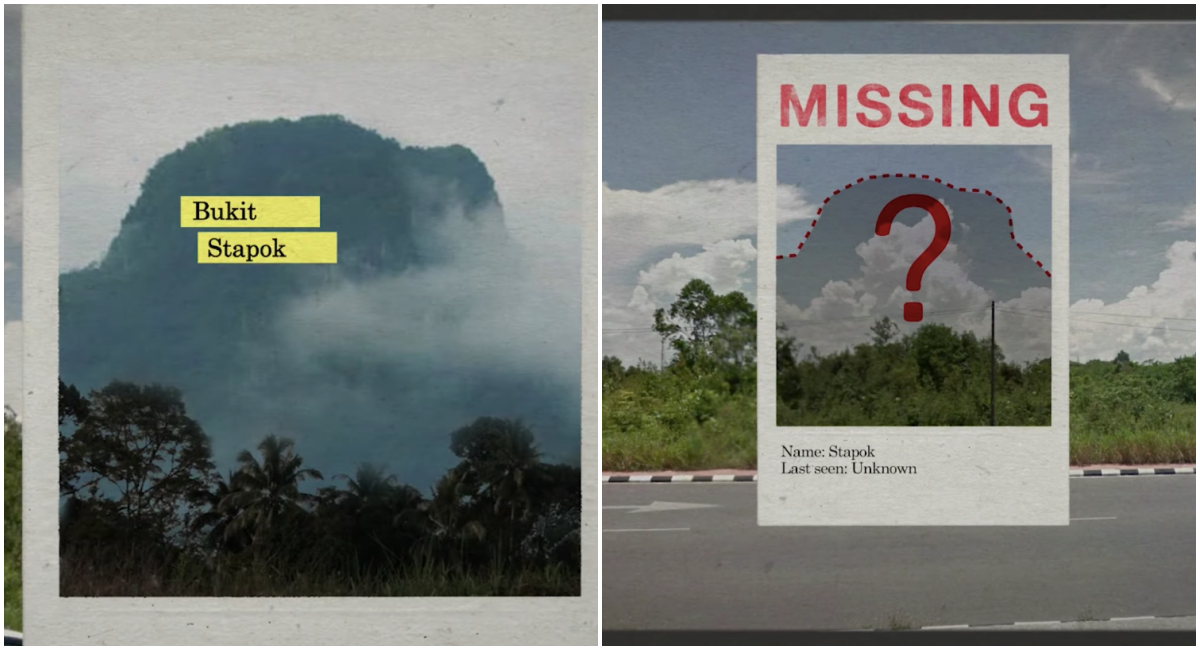
Development is clearly important when it comes to the progress of a nation but is it truly worth it if it comes at the expense of our lush forests, bountiful biodiversity and violated indigenous community?
There is a fine line in the sand between development and exploitation and when that line is being crossed for the sake of profit over the people, this is when it becomes a serious issue.
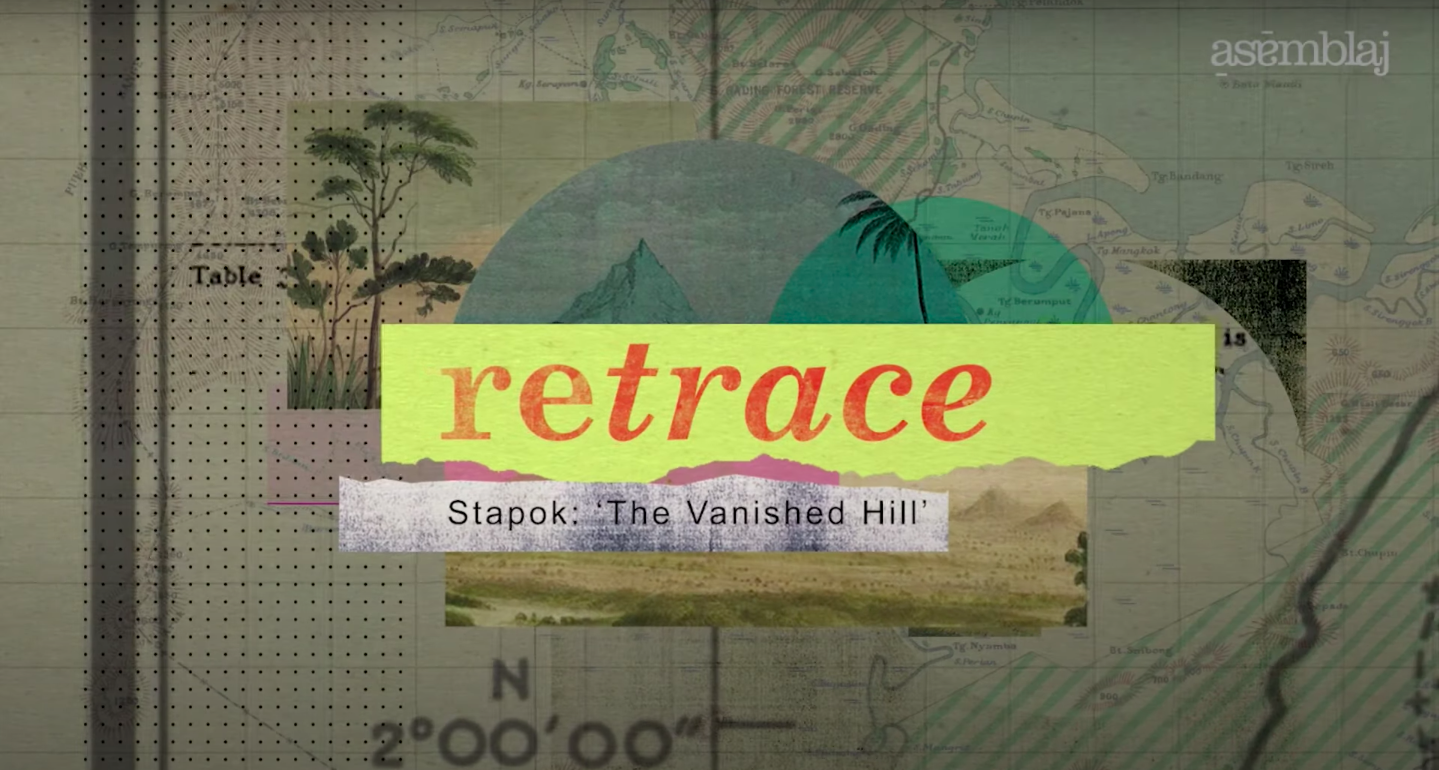
While activists are fighting tooth and nail today to prevent more of our forests from suffering due to corporate greed, a recent documentary by a Kuching-based studio, Asemblaj – which we managed to score a quick interview with – is highlighting how development and industrialisation has affected the forgotten hill called Bukit Stapok.
What was once a beautiful hill that competed in size with the pyramid of Giza has now become a mere quarry and this documentary aptly titled, Retrace aims to look back at history and connect the dots as to how it could just disappear.
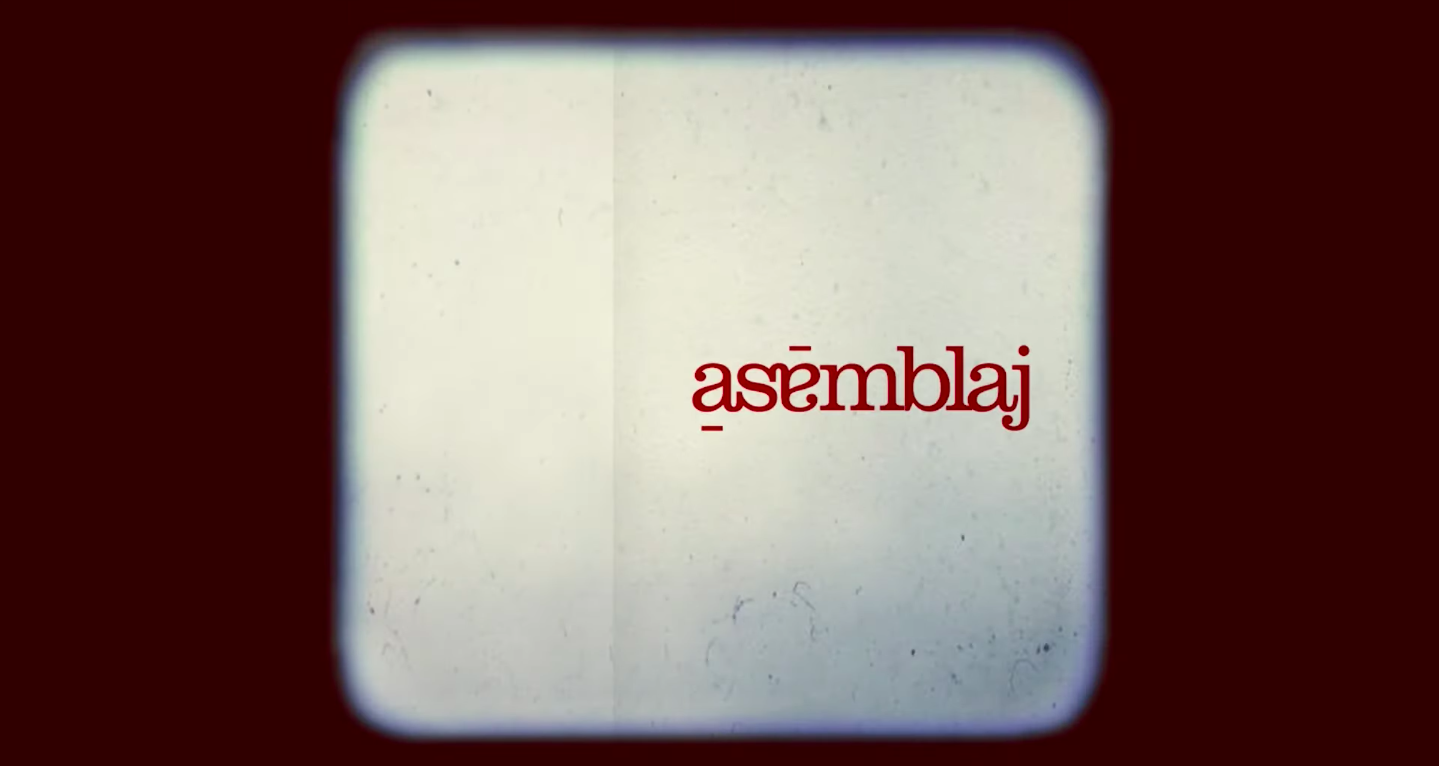
Asemblaj is the Malay word for assemblage, which is an art technique of combining typically found objects to create a three-dimensional collage. According to the filmmakers Atta Idrawani and Syed Mohd Ashraf, “We use this to define what we do, as it is rather apt. We take information, salvage them, assembling them together – from pieces to a collage of narratives to send messages to the masses.
“The narratives touch on issues related to architecture and the built environment, hoping it will invite new debates. Currently our focus is on Sarawak and Borneo, as we realized as native Sarawakians there might still be a lot of things to be discovered.”
Extracting from a vast archive of photographs, videos, and paintings, the team manages to piece the puzzle together to illustrate “the irony behind the destruction of the natural environment to create the built environment.”

When JUICE asked the filmmakers how they discovered this event, they revealed that they were not the first when it comes to investigating the disappearance of Bukit Stapok. In fact, it was well known by the locals, especially the older generations of Kuching.
However, the filmmakers were inspired to create the documentary based on their personal experience. They said, “We always knew there was a huge lake in Stapok but never thought anything about it at first. As we both are of Bidayuh decent, our attachment to hills and mountains is rather organic (we both are not good at hiking by the way).
“Our sumbuk (grandmother) used to tell us stories about Stapok during her younger days, but as local Kuching people, we didn’t know where it was. We immediately linked it to the lake, as it is very possible this could well be where the hill was. So, the idea that there might be a vanished mountain somewhere in the middle of Kuching is fascinating to us, which led to the documentary.”
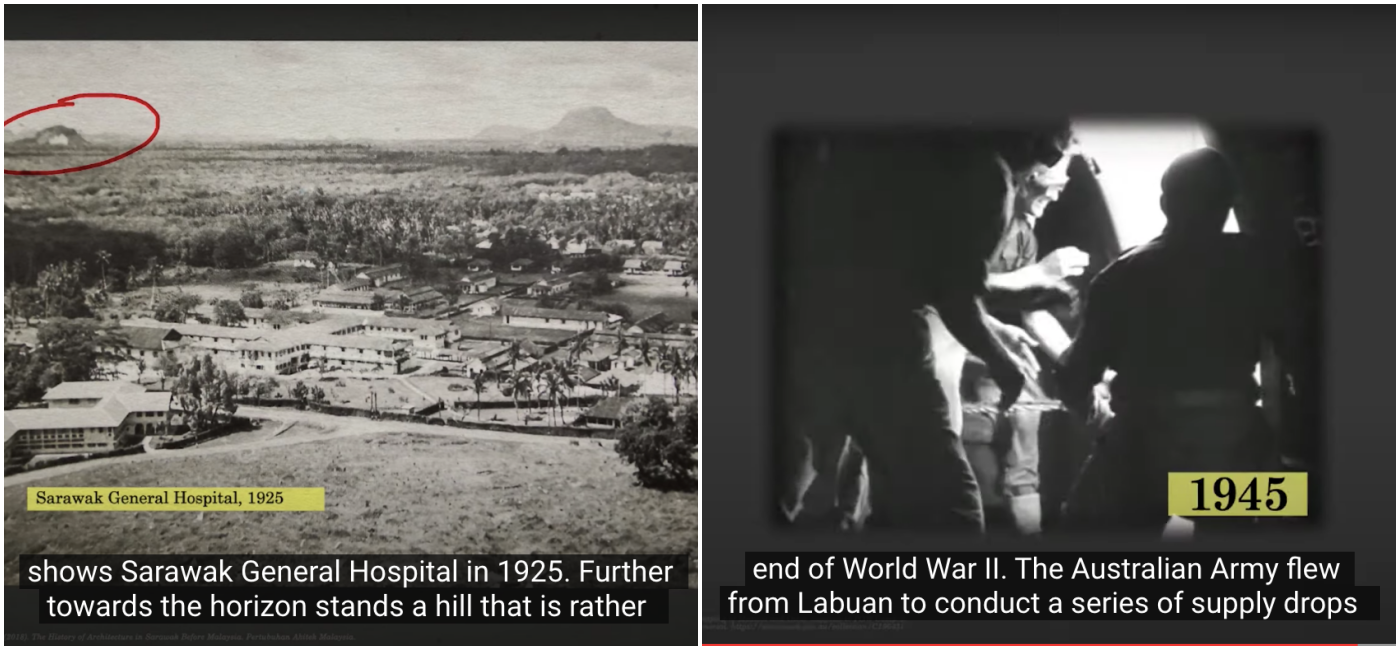
Meticulously written and woven together through evocative images and footage from the past, the documentary depicts a clear timeline as to how Bukit Stapok vanished and how easily the nation forgets.
As for the modern day industrialisation and development, Atta Idrawani believes that “in an ideal world, there is no need to extract more minerals and stones, just leave our hills and mountains, especially if they are sacred to the locals and place-makers to the area. Stapok without Bukit Stapok, feels as incomplete as Paris without its Eiffel Tower.”
For Syed Mohd Ashraf, he emphasises that the goal of the video is “to educate and create some form of awareness, not seed a rebellion or uprising.”
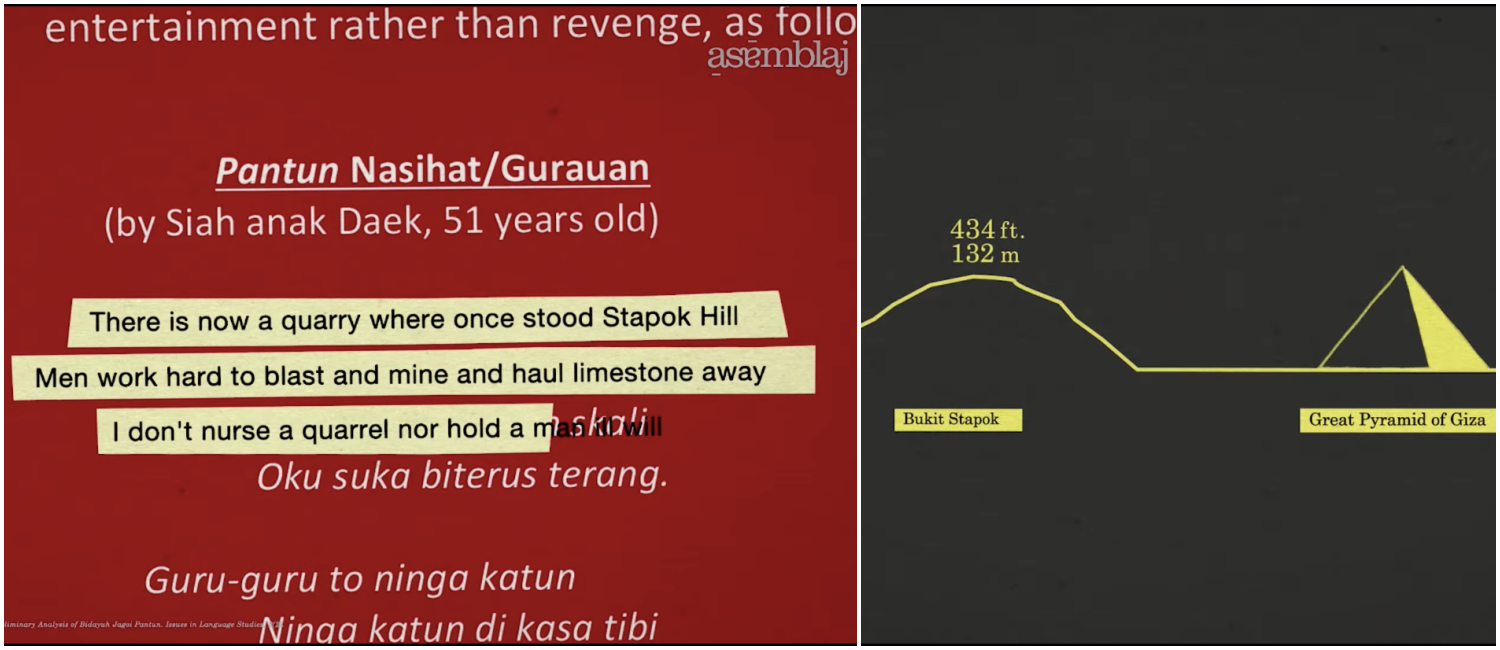
Half-a-year in the making (the editing alone took 4 weeks), Retrace is an impressive reminder to continue to sound the alarm and hold major corporations accountable for erasing what was once notable landmarks on our map and in our history books.
Watch the documentary in full below:
The documentary did not come about without some obstacles, especially during this creatively-trying pandemic. Atta Idrawani said, “The biggest challenge for us I would say is the closure of museums, libraries and archives due to the pandemic. We had to fully make do with whatever available secondary sources on the internet.
Another challenge that may not be applicable now, but would be in the future, is funding.”

Despite that, Asemblaj managed to produce a documentary of Netflix-quality proportions yet condensed into a Youtube video spanning only 6 minutes which proves that with the proper resources, they can continue to do so much more.
As for their plans for the future, the filmmakers revealed, “Apart from our Youtube series, we are also very much keen on doing what we love the most – architecture, especially speculative designs.
“Asemblaj should not only be asking ‘what was’, and ‘what will’ be, we should also be exploring the question of ‘what if’. Like I said, Asemblaj is very new, we must let it grow.”
To keep up with them and show your love, follow them here.

 Get Audio+
Get Audio+ Hot FM
Hot FM Kool 101
Kool 101 Eight FM
Eight FM Fly FM
Fly FM Molek FM
Molek FM

